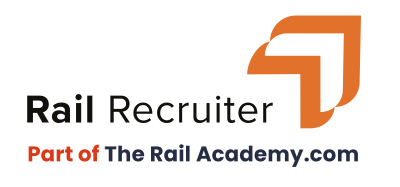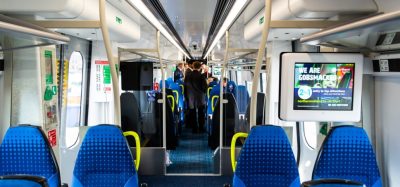HS1’s digital twin trial gives a glimpse of the future of railway
Posted: 9 May 2022 | Richard Thorp | No comments yet
Richard Thorp, Engineering Director, HS1 Ltd, shares his insight into the benefits of digital twin technology and the forward-looking innovation this digital tool is bringing to the rail system.
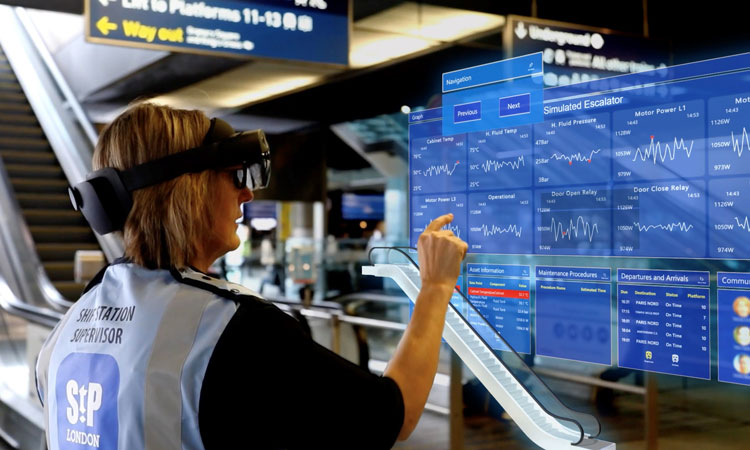

The speed and scale at which digital innovation continues to improve the rail industry will never cease to amaze me. I’ve witnessed first-hand how digital tools have transformed the rail network and delivered a far better passenger experience over the past 20 years.
These days, passengers can check, in real-time, if their train is running on time while walking to the station. They can use digital-only railcards and ‘wallets’ to purchase a ticket and show proof of it on their journey. When travelling on the HS1 system, they’re likely to encounter smoother and more reliable services thanks to modern digital signalling – a far cry from the old lineside signals.
Technology is advancing now at a pace that allows the previously unimaginable to become routine, and for us to harness levels of data we could previously only have dreamed of.
It is therefore clear that digital transformation improves a passenger’s experience of the railway and the quality of services a rail system can provide. Rail cannot afford to stand still, though, particularly while in constant competition with other modes of transport. It needs to continue searching for the ‘big shift’ in technological innovation that can revolutionise our railways.
I sincerely believe that this next ‘big shift’ lies in the use of digital twins. Technology is advancing now at a pace that allows the previously unimaginable to become routine, and for us to harness levels of data we could previously only have dreamed of.
Digital twins
Digital twins are helping transform how staff approach and interact with the rail systems they run. By developing a digital representation of a physical thing, they are capable of managing and analysing the ever-growing reams of information available to us, including on the railways. In turn, they’re helping us develop an even greater understanding of our passenger movements and the infrastructure that underpins the rail network, helping us to clearly see how we can make journeys better for our passengers.
At HS1 Ltd, we pride ourselves on being one of the most innovative parts of the UK’s rail network, if not the most innovative. Our unique structure and relationship with the government allow us to go further at pace in carrying out innovative trials that could lead to better passenger benefits.
That is why in 2021, having seen the potential of the digital twin, we began its first-ever trial on the UK railways.
Monitoring in real-time as never before
The trial saw us work with PAULEY, an immersive technology software consultancy, to create an unprecedented digital recreation of our railway and stations using data we harnessed through the 5G network. This allowed us to monitor the HS1 system in real-time as never before. The trial also involved Network Rail High Speed, the University of Sheffield’s Advanced Manufacturing Research Centre and Athonet UK.
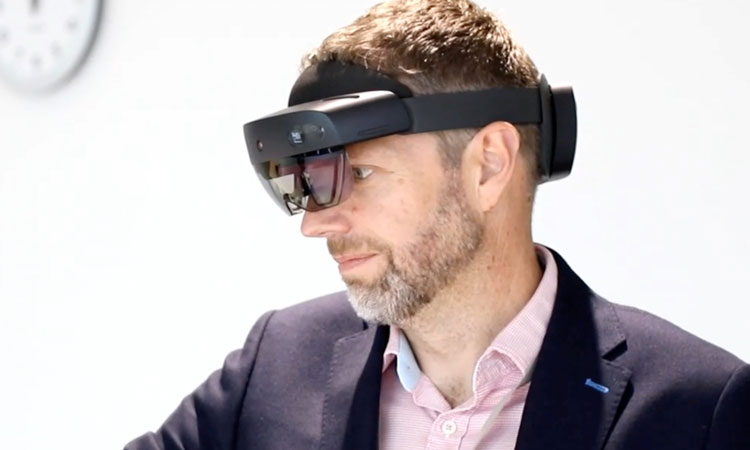

HS1’s Richard Thorp using the augmented reality headset which allow rail staff to examine in close detail every facet of the railway
The 5G-enabled digital twin allowed us to construct a virtual representation of the entire HS1 system, everything from the rail line right through to every bit of engineering in our stations. Through the use of augmented reality and Hololens 2 headsets, rail staff could examine in close detail every facet of the railway, right down to the nuts and bolts that hold an elevator in St. Pancras International together.
It meant that staff had access to real-time data and could see right before their eyes, even while walking around the station, how every element of the HS1 system was performing.
It showcased the possibilities that digital technology advancements could bring to the rail network, and with it the benefits for the passenger.
Predictive maintenance
To begin with, the ability of staff to monitor the condition of any asset throughout the entire HS1 system at the simple tap of a keyboard, and to physically see that asset before their eyes in 3D, enabled them to predict more effectively what maintenance work was needed, and when.
It underlined the huge potential of spotting maintenance problems before they occur. It allowed maintenance and repairs to be carried out more efficiently. This reduced the chances of assets being taken out of operation, simultaneously improving the passenger experience. This was especially the case for those with accessibility needs for whom the use of lifts is imperative for easy access to all parts of the station.
More broadly, the environmental benefits of the technology are clear. The digital twin effectively removed the need for most in-person track inspections. Being able to monitor track remotely meant less in-person track inspections, meaning less travel needed for inspections and, as a result, fewer emissions produced by our staff travelling to and from sites along the network. This new method of checks will also provide greater reliability on the line, and a more efficient use of resources.
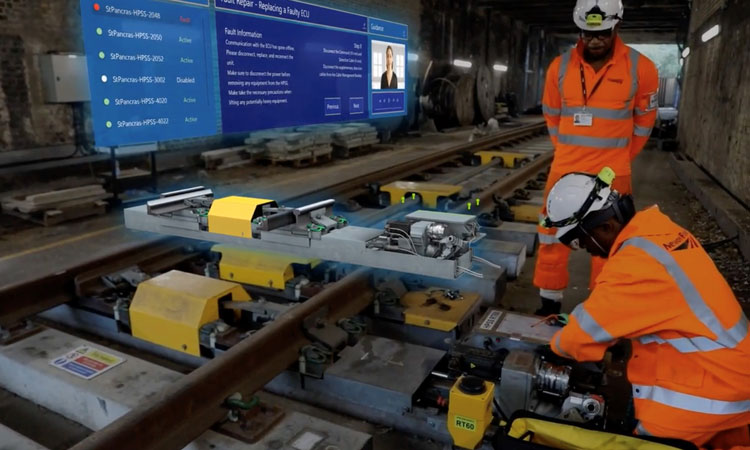

The monitoring of track assets showcased the potential to improve journeys, as maintenance or repair work can be spotted well before they impact services.
The monitoring of track assets also showcased the potential to improve journeys, as potential maintenance or repairs work can be spotted well before they impact services. This highlighted how the digital twin system could be used to reduce the number of delays trains face due to track issues. That will have real and significant benefits for passengers, by spotting track issues earlier, major disruption can be avoided, and delays minimised.
The technology also had major training benefits too. It provided a safer environment for those learning to maintain the system to train on. Employees were able to examine parts of the system digitally rather than on-site, allowing them to address faults in a more controlled environment and to review them again and again through the digital representation.
How technology can benefit us all
…it is more important than ever for bold trials and innovations to be undertaken, to see how far we can push technological advances for the benefit of rail passengers.
All of these advantages showcase how the digital twin’s use of data, and the ability to then visualise that data, helped make processes more effective and efficient, benefitting the passenger’s overall experience of stations and journeys.
At a time when Great British Railways, the new body for managing the UK rail network, is beginning to take shape and calling for “a whole industry approach to… promoting efficiency”, it is more important than ever for bold trials and innovations to be undertaken, to see how far we can push technological advances for the benefit of rail passengers.
At HS1 Ltd, that’s something we will continue to do, and through our further use of digital twins in future contracts and trials, we’ll demonstrate how the technology can benefit all of us on the UK rail network.


Related topics
5G, Augmented Reality (AR), Big Data, Digital Twins, Digitalisation, High-Speed Rail, Operational Performance, Passenger Experience/Satisfaction, Technology & Software, Track/Infrastructure Maintenance & Engineering, Virtual Reality (VR)




